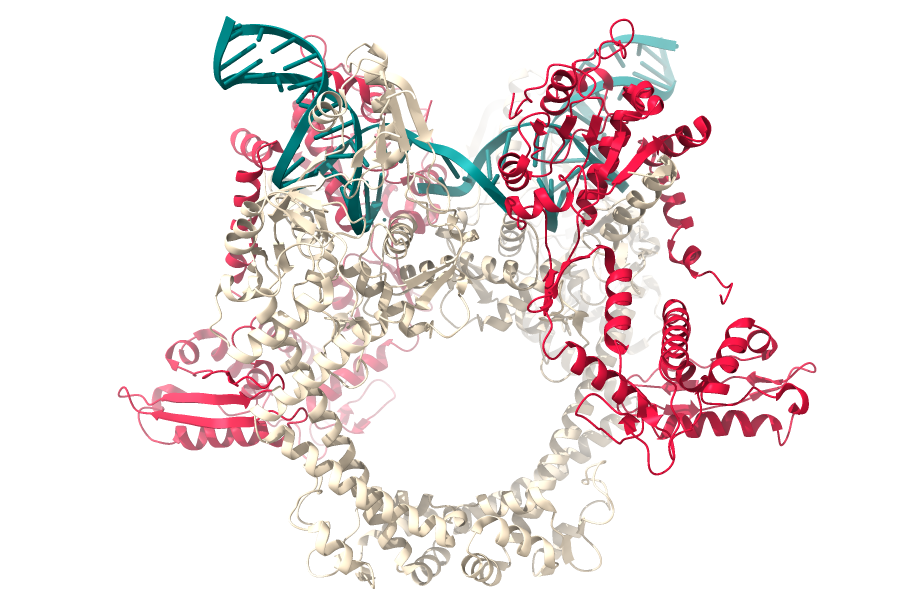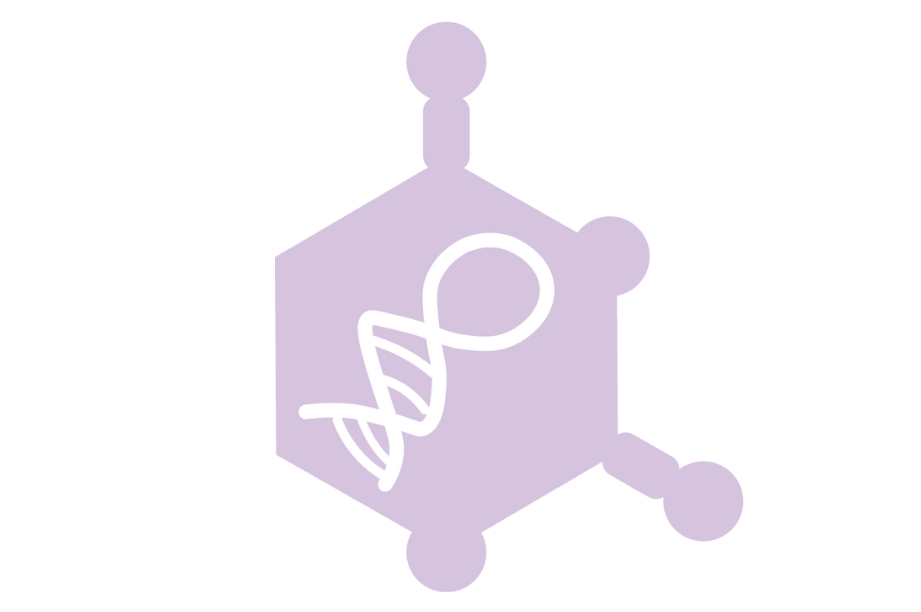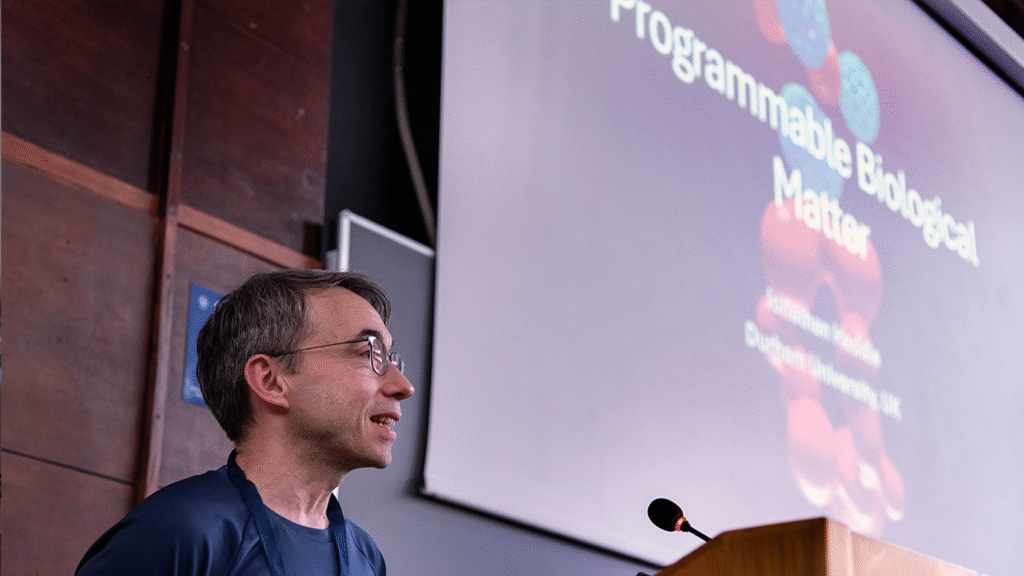Biological nanomachines are fascinating nanoscale devices made from biological molecules, typically proteins, lipids, RNA and DNA. In nature they carry out an amazing array of tasks from copying DNA to converting light into energy. In our lab we are interested in understanding, designing and building natural and artificial bionanomachines. We use a mixture of biochemical, structural and computational techniques plus the most important ingredient: imagination.
For natural nanomachines, we are particularly interested in DNA gyrase both because of its fascinating and intricate mechanism but also because it is an important target for development of new antibacterial drugs. We are also building artificial structures from proteins and DNA with the aim of developing Programmable Biological Matter. This describes artificial nanoscale biological material which can be programmed to carry out tasks on demand. This will be useful for new materials and may find significant application in medicine for example in effective vaccines and smart drug delivery systems which may one day be used as disease treatments in particular for age-associated diseases.
Research Areas
Heddle Lab – Natural Nanomachines
Here we investigate topoisomerases, specifically DNA gyrase, both a fascinating nanomachine and an important target for antibacterial drugs.
Heddle Lab – Artificial Protein Nanostructures
Here we aim to build new artificial protein nanostructures not found in nature.
Heddle Lab – DNA Nanomachines
DNA is not just an information storage molecule it is also a highly programmable structural material that can be easily designed to form useful shapes and even programmable robots.
Bentham Lab – Protein Design
Utilising computational protein design and experimental structural biology to guide the bioengineering of staple crops with enhanced resistance to biotic and abiotic stresses.
Lin Lab – RNA Modification
RNA modification is a way to expand nucleotide structure diversity to fulfil different functions. In the Lin lab, we study mechanisms on how RNA modifying enzymes select their RNA targets by obtaining cryo-electron microscope structures details. This will be the basis for customised RNA modifications for bioengineering purposes.
Latest News
Check out our news page for the latest news and events
XVIII International Congress of the Spanish Biophysical Society 2025
Prof. Jonathan Heddle – Invited Plenary Speaker
Read moreNanoscience Comes to Life at Palace Green Library Exhibition
Durham, 20 May 2025 - Visitors to Palace Green Library were treated to a captivating journey into the microscopic world of bionanoscience during a one-day interactive exhibition hosted by the Centre[…]
Read more











